if you want a sense of self, make something
⋆ ˚。⋆୨୧˚
This is the third part of a series but can be read independently. Part 1 is titled “you're the tastemaker now, and you're drowning” and Part 2 is titled “why you can't curate well and no one else can either”. Enjoy, scaredies <3
There is something just so utterly gut-wrenching about being 24.
A year away from mythical frontal lobe gestation. 2 years away from nothing at all. And 6 years away from total fulfillment (at least that’s what mommy says).
The itch that I can’t get rid of, is truly a need (but realistically a strong want) to know myself more than anyone else could. A defensible degree one might say. It’s a dubious quest though. The troll under every bridge riddles me with just one question that only someone with a holistic self concept can answer: Who are you?
I jump off the bridge, quest over!
After much rumination, I think there is truly only one way to develop your sense of self: and that is to make something.
Now this thing doesn’t have to be great or large or small or even tangible in any sense. It could be a joke told to your shower-hair tile or a drawing on an old receipt, but, it just has to be something.
And that something has to be good enough to you.
We are the innovators of a new assembly line. Every hand-printed shirt, carefully crafted cocktail, and carabiner-add clicks into place and forms your essence. Disassembly of course is fatal, and picking up incongruent pieces might not fit into the already carved divets.
Pervasive curation often overshadows original creation. It’s easy, unlaborious, and urges you to buy and buy now. We construct our own stores internally that guide us to instant check-out counters and favors a return on investment in the most efficient way possible. What a life!
Creation on the other hand is active, hard, and maybe even the most inefficient thing you could do. The deliberation of who you are, however, is what makes it all the more invaluable to your sense of self.
The self is not found, it is made
I would argue that the very notion that you need to travel to “find yourself” is rooted in privilege and intent to explore and curate rather than to dissect your identity in the slightest. The very idea that we must discover ourselves itself is misleading.
We are dynamic, evolving, and fluid. We are shaped by our experiences, choices, and interactions everyday which form our identity.
Erik Erikson's stages of psychosocial development highlight the importance of identity formation, particularly during adolescence and young adulthood. Creating allows for the externalization of internal thoughts, feelings, and values, providing a tangible way to explore and define our identity. This process of expressive action, whether through artistic expression or problem-solving, allows us to experiment.
We are built from action and creation which couple to form our dynamic selves. But what parts of that process really help us?
Grab a pencil a piece of paper before we start. Humor me, you won’t.
The Process
Deliberation
Take 2 minutes and draw an apple (with pencil). Make sure you take all the time, don’t skimp on details, and don’t erase.
Okay, why did you draw one so small LOL? Sometimes size matters, you know.
Do you prefer it or is it something you just did?
Did you add a worm or a little ridge at the bottom so it sits upright?
Did that satisfy you?
The preferences that you gravitate towards, the things you obsess over, and the patterns you return to are both a mirror and a map. You aren’t just expressing something within you; you are deliberating outwardly and discovering your likes and dislikes in real time. Perhaps your apple is just satisfactory for the task prompted, and you don’t like it all. Why don’t you like it?
Do you usually do things this way, with no self-insertion of satisfaction?
The process of creation reveals just as much about your limitations as it does your intuitions and all in all the active acceptance of those things. Can you draw the type of apple that you would be satisfied with?
Go back to your apple for 30 seconds and fix one thing about it you thought didn’t work out the first time.
Better?
Why?
Write it down.
Choice and Ownership
Take as much time as you need and make your best version of your apple (you can use other materials that aren’t just a pencil). This will be your final version, and we will not for any reason at all, at any point in time, space, or the other, alter it.
Not too much time, let’s meet back here in 10.
Okay, you here?
Did you choose other materials or did you stick to your pencil? Cheeky. You just shaded with your pencil didn’t you ;) Were you afraid to make it pink? Blue? Never, right?
I would argue that the finality of decision-making makes a huge difference in the choices you made just now. No more frivolity! You were active and questioning, I hope.
The act of creation inherently forces choice, demanding that we move beyond passive contemplation and translate abstract thoughts into tangible form. Making something necessitates inevitable, decisive, action, compelling us to externalize our internal landscape.
Creation clarifies. It reveals our true gravitations, the sparks of excitement, and the paths that feel most natural. It is a reckoning with our choices and wields our hand to own our own imprints. By demanding decisions, it solidifies our sense of self as active participants in the world, not just observers.
The Result
A Stand Against Meaninglessness
Creating is, fundamentally, a defiant stand against meaninglessness.
It is a powerful act of self-assertion and to impose form upon the chaos of being. It is a declaration. What I say and do matters! To me, if not anyone else, it matters!
What is creation but a defense of your existence? Sometimes, even to yourself.
French philosopher and playwright, Jean-Paul Sartre wrote:
“Existence precedes essence.”
He argues that we’re not born with an inherent purpose, but rather, that we forge it through our choices and actions. The crucial externalization of our values, beliefs, and views mean we are actively existing.
It isn’t just about making something; it is about making who we are authentically through commitment to our choices.
Distinguished Professor of Law and Ethics at UChicago and author of “Creative Capabilities: The Human Development Approach”, Martha Nussbaum argues for a political liberalism that prioritizes human capabilities as the foundation for justice. We usually see economic indicators as the best way to prove the flourishing of human growth, but Nussbaum says different.
Nussbaum's focus on "capabilities" emphasizes that a fulfilling life involves having the freedom and resources to act in ways that align with one's values via creation.
Creating, whether it's art, technology, or social change, allows individuals to exercise these capabilities and shape their own lives.
I thought it was meager at first too, but come on. An apple with a little worm coming out of it? That might just tell me all I need to know about my sense of whimsy as any online quiz could.
Voyeuring and Voyeurship
Not like that, but kinda.
The art of detaching from your work and to view things with objectivity really only comes after finality. Sometimes depersonalization might offer the best nod to self-perception.
Saying “Maybe I don’t like the red, I think a green apple would’ve been nicer.” or “Wait, that worm is not really my style” doesn’t have to be a self-critique as much as a reflection of choice. Creating the space to be an observer is just as pertinent to your self concept as being deeply subjective.
My apple would probably have been better if it was less red - I love a good Honeycrisp actually.
Proof of Life
Did you really make that apple? You did. It’s so pretty.
You were here for the last 10 minutes. Making this apple. Picking up a pencil and holding down a paper. Facing mortality (boo, I ruined it I know).
Creation is nothing but your proof of existence. It is proof we engaged with the world, regardless of how temporary it all is. The physical and conceptual residue of our being resists the inevitable dissolution. There is a sense of continuity and presence in it all, that we didn’t merely pass through, but we actively shaped ourselves and the world around us.
Even in the smallest form, this solidifies our sense of self. We are impactful and here! This is an apple to say just how much.
To People Who Cannot Create
For anyone that says they don’t care about having a sense of self - that being and doing in their everyday is enough without attribution to identity - I would ask: did you make something today?
A path to the store you haven’t taken before, a new friend, or even your bed for that matter.
It doesn’t even have to be new. The coffee you have made time and time again with the same syrup pump-counts and sugar spoonfuls counts.
Creativity is a part of existence - it is innate. You make as much as you think. To fathom you aren’t someone capable of creation or that it isn’t something that you should care about is a battle with your subconscious. It isn’t performative or just something you do, but is a way of perceiving, feeling and being in which outcomes are just a byproduct.
Maybe the retching of your 24th year could be lessened by a drawing on a post it note that hangs by just the sheer will of sticky tape and an intuitive sense of where the pen hit the page.


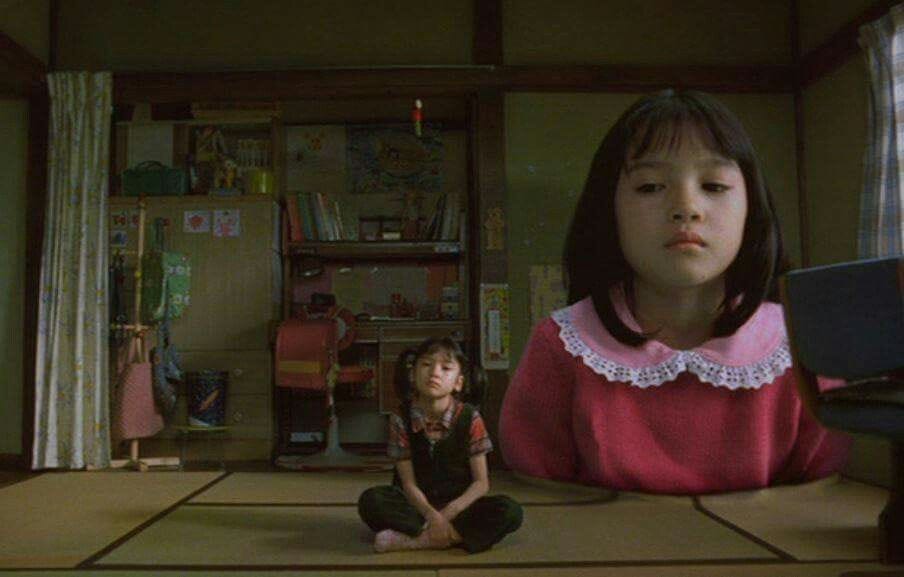


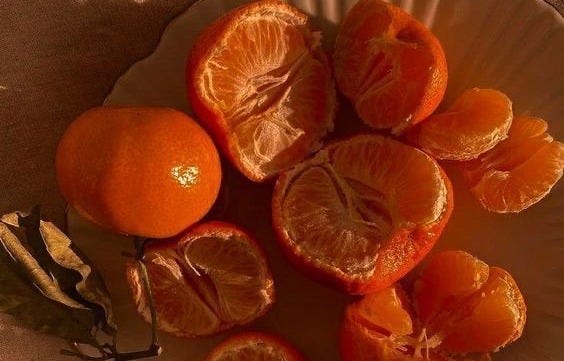

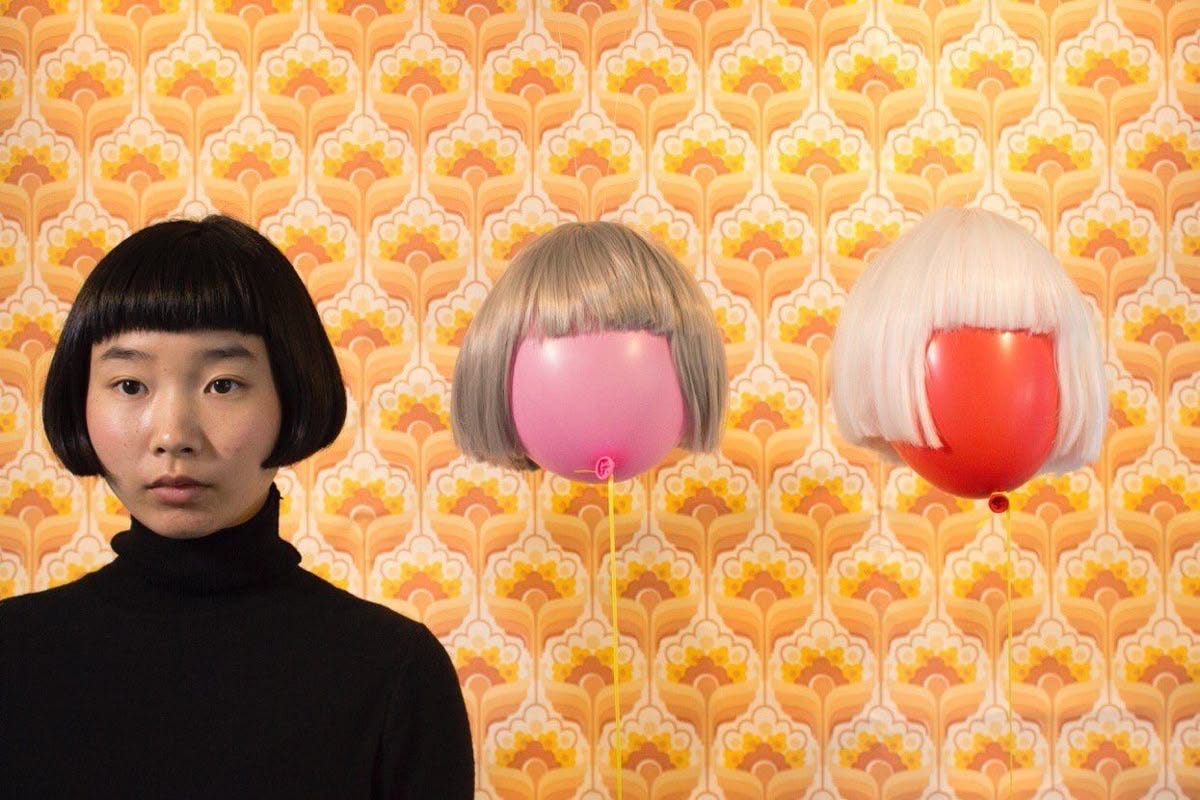
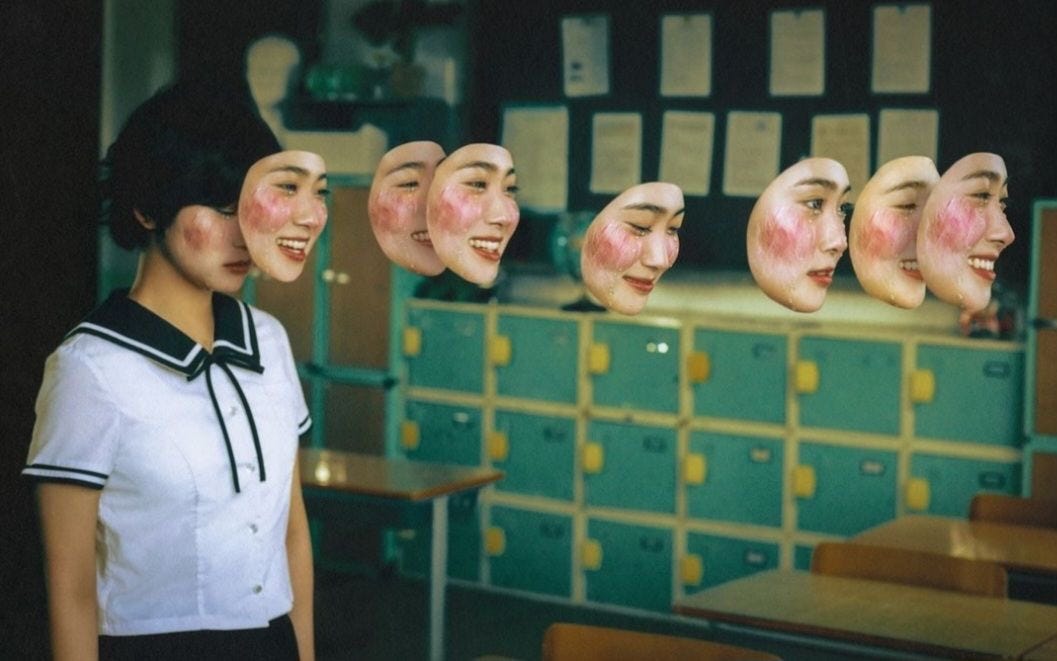
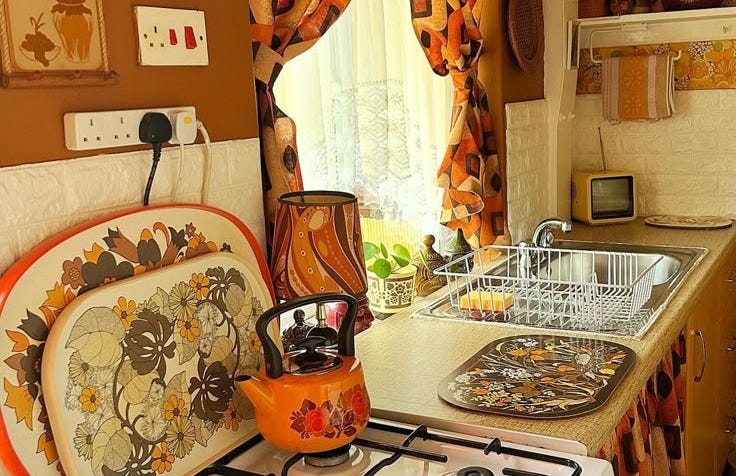
For whomever is reading this substack article, please listen to the audio while reading. It’s transformative and gets you deeper into the exercise. Thank you!
After reading your article; your claim that cretivity and making of objrcts builds our identity, that art is a act of identity construction. I think that it applies well to one of Derrida's books called 'Archive Fever' in which he describes our instinct to preserve and collect; to construct an personal archive of objects, memories, etc. The only difference really between you and derrida is that you are stating that we construct the things we place in our archive, that these are tools of self-definition (and thus self-determination), compared to that of just collecting things we do or are idenified with. I think it is interiesting how the act of archiving and maintaining created objects is assumed within your article, compared to (for example) that of sand art which is meant to be destroyed after (to reduce the connection to the world). the implicit goal is to increase our connection to the world...